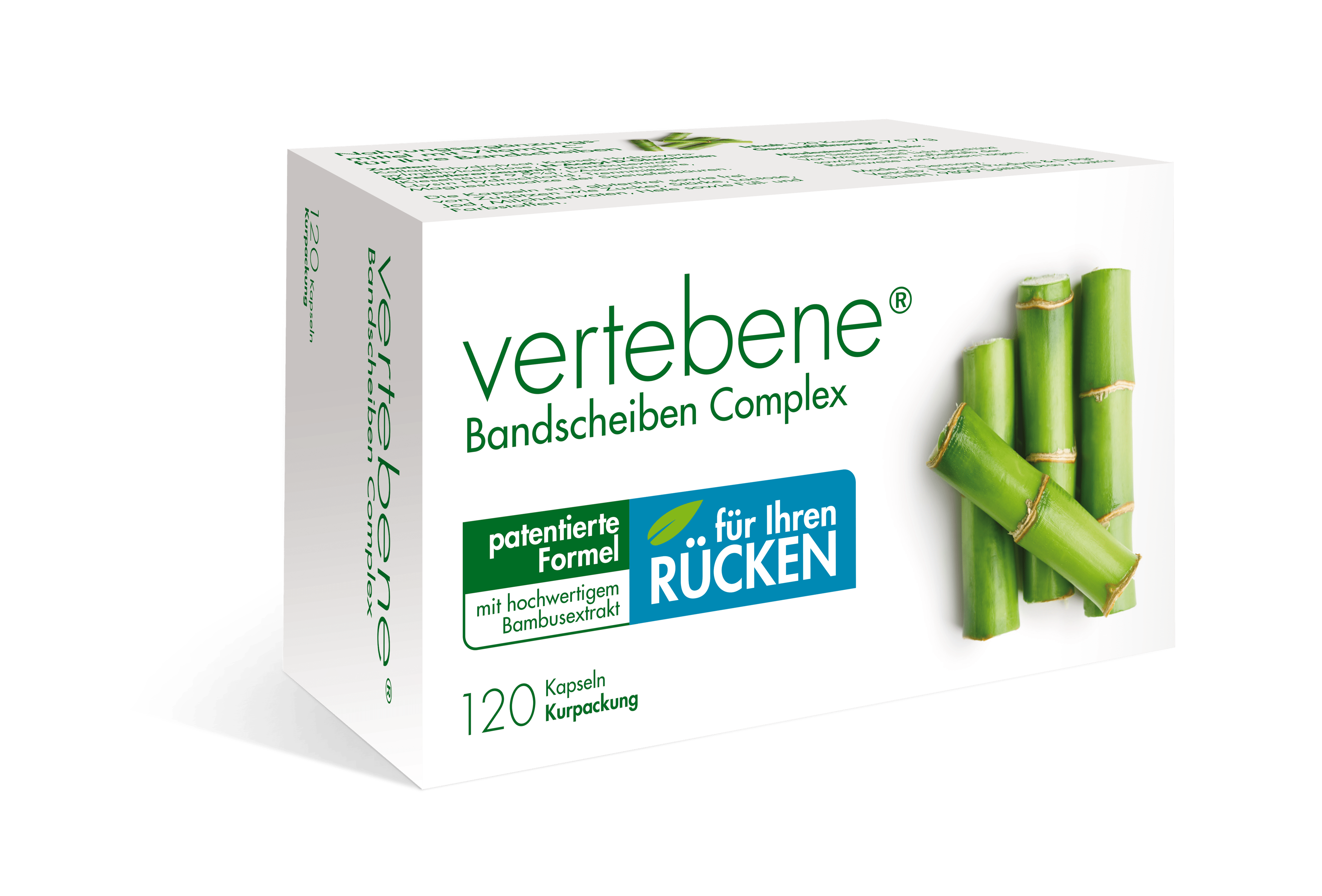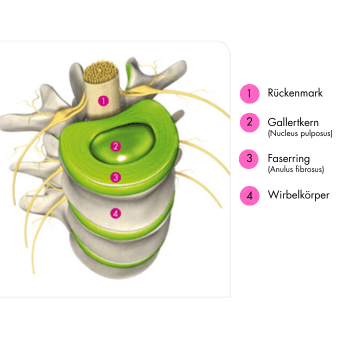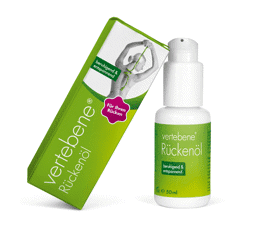
Vertebene® Intervertebral Disc Complex
BECAUSE YOUR BACK CARRIES YOU THROUGH LIFE!
The valuable nutrient combination – developed by experts!
Over the course of life, the intervertebral discs gradually wear out. In 70% of all back problems, the discs are the root cause. The gelatinous core loses its matrix. It dries out. As a result, its volume decreases and the vertebral bodies move closer together. The cushioning function of the discs is lost. The causes can be very diverse:an office job that requires hours of sitting,
too little physical activity and too much and/or improper strain,
age-related signs of wear, etc.
Too often, the importance of healthy intervertebral discs only becomes apparent far too late!
For your back!
Vertebene Discs Complex is a valuable dietary supplement containing vitamin C. Vitamin C contributes to normal collagen formation for normal cartilage function. This has even been confirmed by the European Food Safety Authority in a rigorous scientific evaluation.
The discs consist of fibrocartilage. Therefore, it's also important for your intervertebral discs!
Vertebene 6-Week Back Training Guide + DVD
VERTEBENE® Intensive Program, Intensive Pack, DVD, Brochure, Back Oil
VERTEBENE® Back Oil 50ml
The intervertebral disc
The intervertebral discs (Discus intervertebralis) consist of two parts: the outer annulus fibrosus and the inner nucleus pulposus.
Annulus Fibrosus
The annulus fibrosus has an outer and an inner zone. The outer zone forms a tensile connective tissue sheath whose crisscrossed fiber system connects two adjacent vertebrae. The inner zone of the annulus fibrosus consists of fibrocartilaginous tissue with collagen fibers that extend into the hyaline cartilaginous surfaces of the vertebral bodies. The annulus fibrosus provides the disc with the necessary stability. Collagenous connective tissue is generally pressure- and flexion-elastic; however, it contains no blood vessels, which limits its ability to regenerate. Larger damage to the annulus fibrosus can therefore only be treated surgically.
Nucleus Pulposus
Inside the annulus fibrosus lies the nucleus pulposus, which consists of 80–85% water. The annulus fibrosus forms an enclosed capsule around this "water cushion," which therefore cannot be compressed. Shocks from walking, running, jumping, or, for example, driving are absorbed. The forces acting on the "cushion" are diverted to the annulus fibrosus and the surrounding musculature. Mechanically speaking, the intervertebral disc is essentially a pressure-elastic hydrostatic system.

Over the course of a lifetime, the intervertebral discs wear out progressively. The nucleus pulposus loses its matrix of proteoglycans. It dries out. As a result, its volume decreases and the vertebral bodies draw closer together. The damping function of the intervertebral discs is lost, leading to wear of the vertebral joints.




